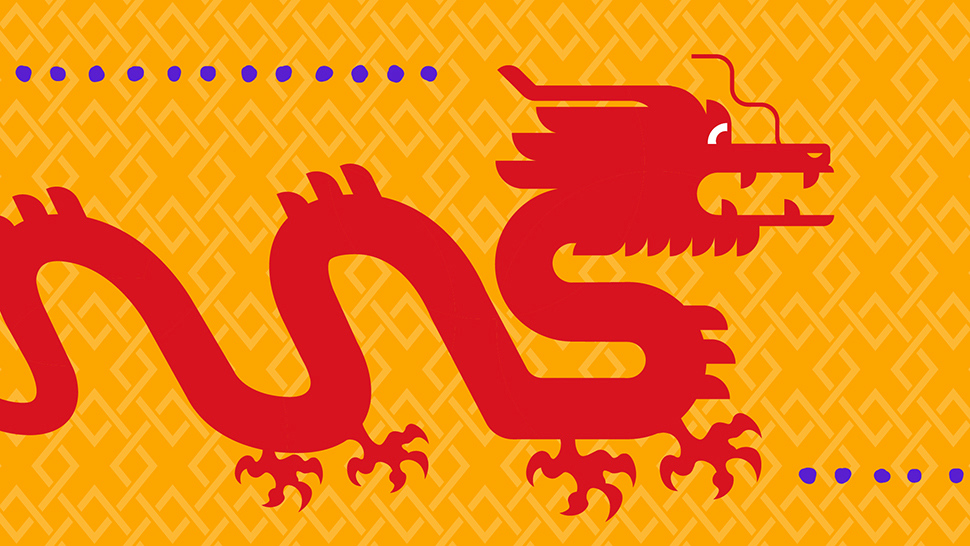Exploring the Cultural Significance of Lunar New Year
- by bonappetit

Lunar New Year, a major holiday in China, South Korea, Vietnam, and other countries across the world, is an annual 15-day festival celebrating the arrival of spring and the beginning of the lunisolar calendar. Also referred to as Chinese New Year, Spring Festival, and other country-specific titles, at Bon Appétit we recognize the festival is honored by various cultures — each with their own rituals, foods, histories, and nuances — and use the term Lunar New Year to be inclusive of all who observe this rich holiday.
While official Lunar New Year dates vary each year, it is typically observed during the second new moon after the winter solstice, which falls between January 21st and February 20th on the Gregorian calendar. It symbolically marks the transition from winter to spring, embodying a spirit of renewal and fresh beginnings.
With roots tracing back 3,500 years, the festival is steeped in legends, most common being the story of a mythical beast Nian that instigated fear by consuming livestock, crops, and even people on the eve of a new year. To ward him off, bright red lanterns and loud firecrackers were used as protective measures, symbolizing the victory of light over darkness and establishing many new year traditions that persist to modern day. Today, Lunar New Year is celebrated by millions of people throughout the world and is a time to reconnect with family and friends — often over a feast of symbolic foods that usher in good luck.
In the Chinese zodiac, 2024 is the year of the dragon and represents charisma, intelligence, confidence, and power. For this year’s Lunar New Year festival, we are celebrating the coming spring in our cafes and wish you prosperity, luck, abundance, and — of course — a feast of delicious (and lucky!) foods.